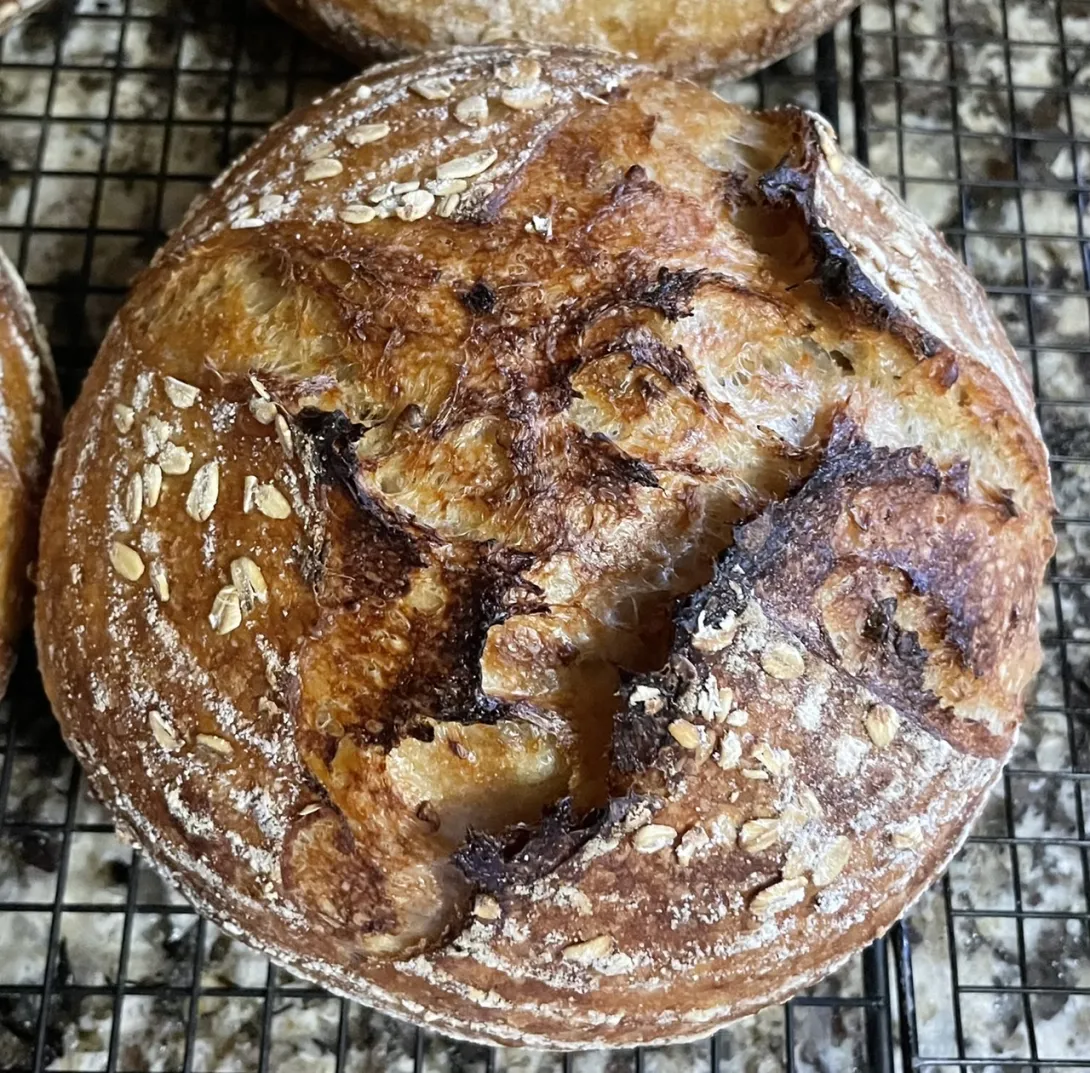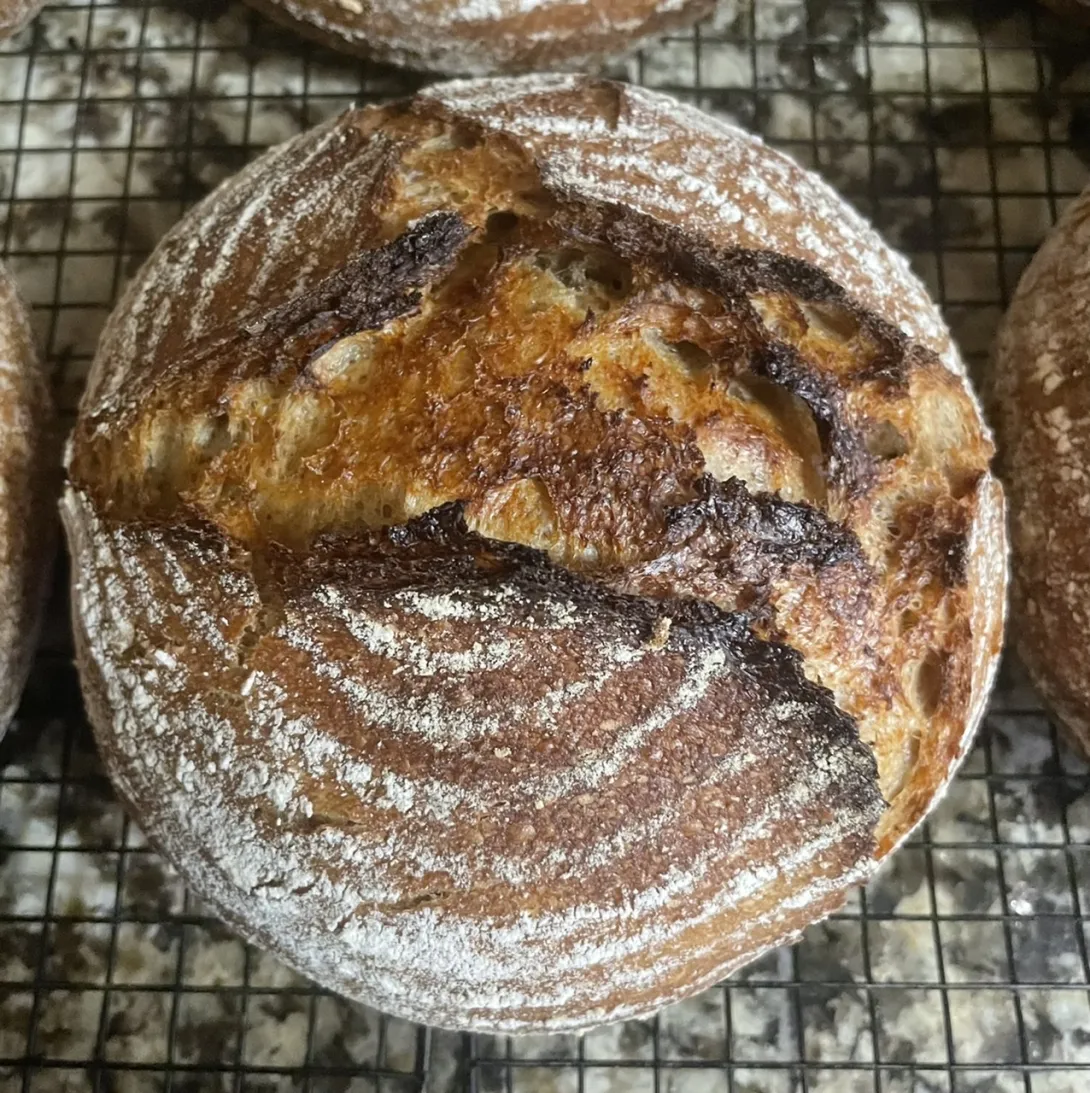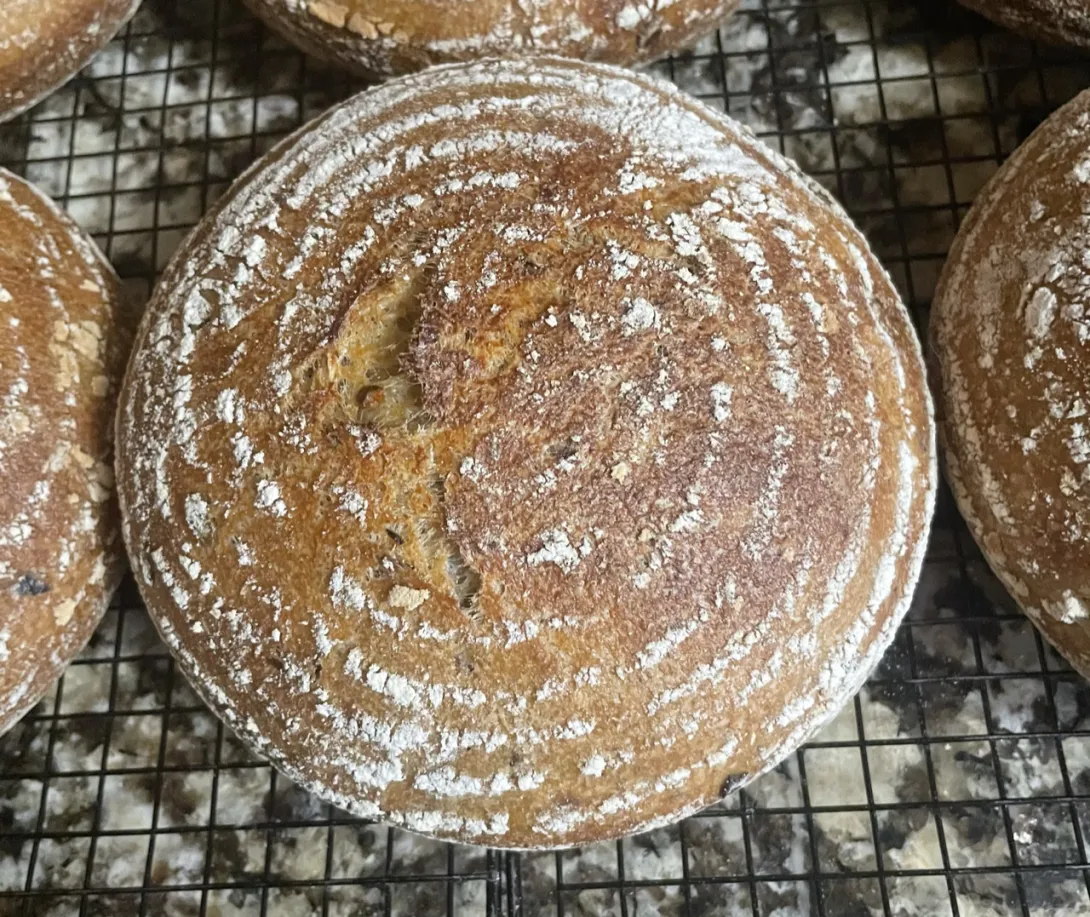Cedar Mountain‘s Khorasan Oat Sourdough (Another repeat)

This is one of my very favourite breads. It is so creamy and delicious.
- Log in or register to post comments
- 3 comments
- View post
- Danni3ll3's Blog








